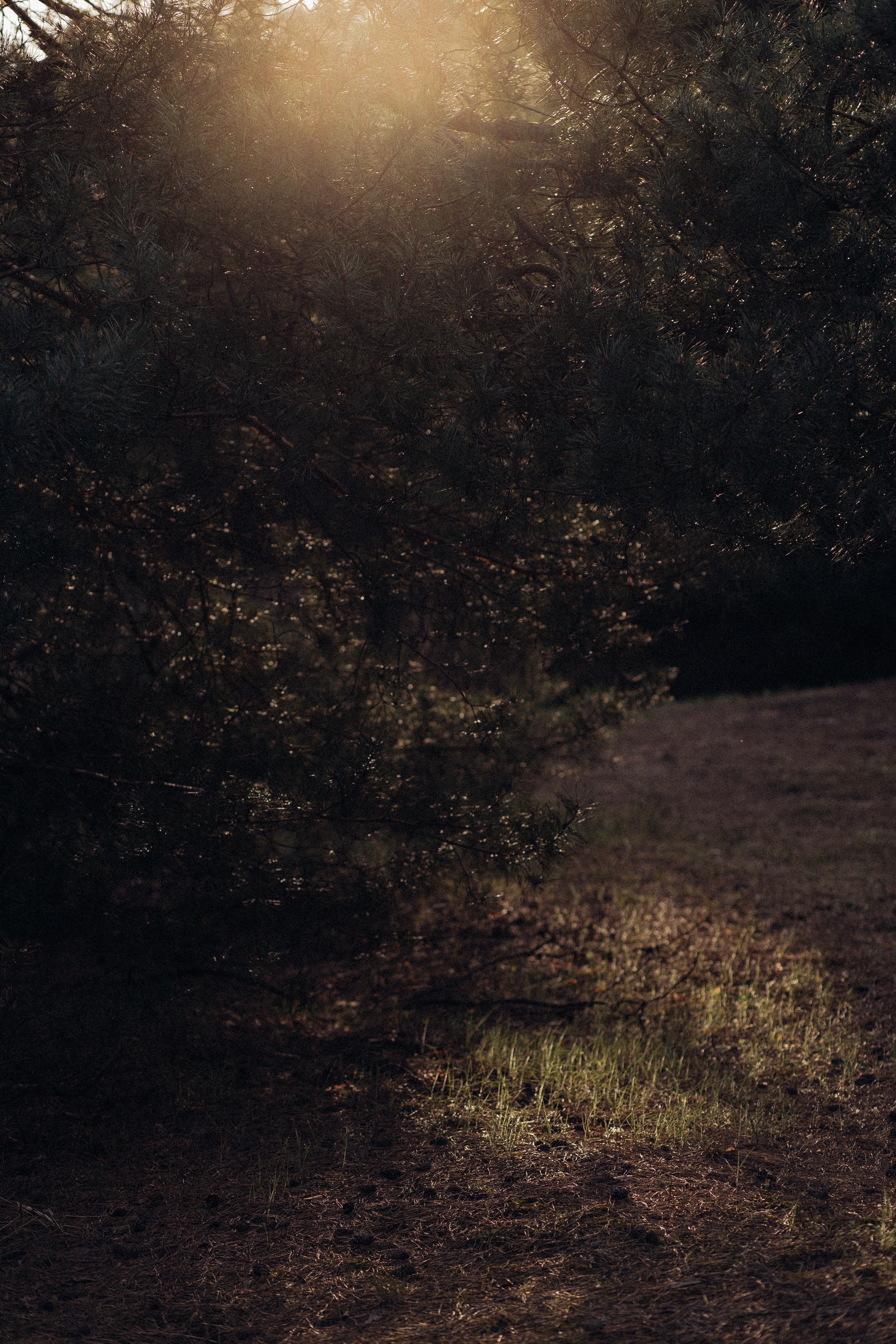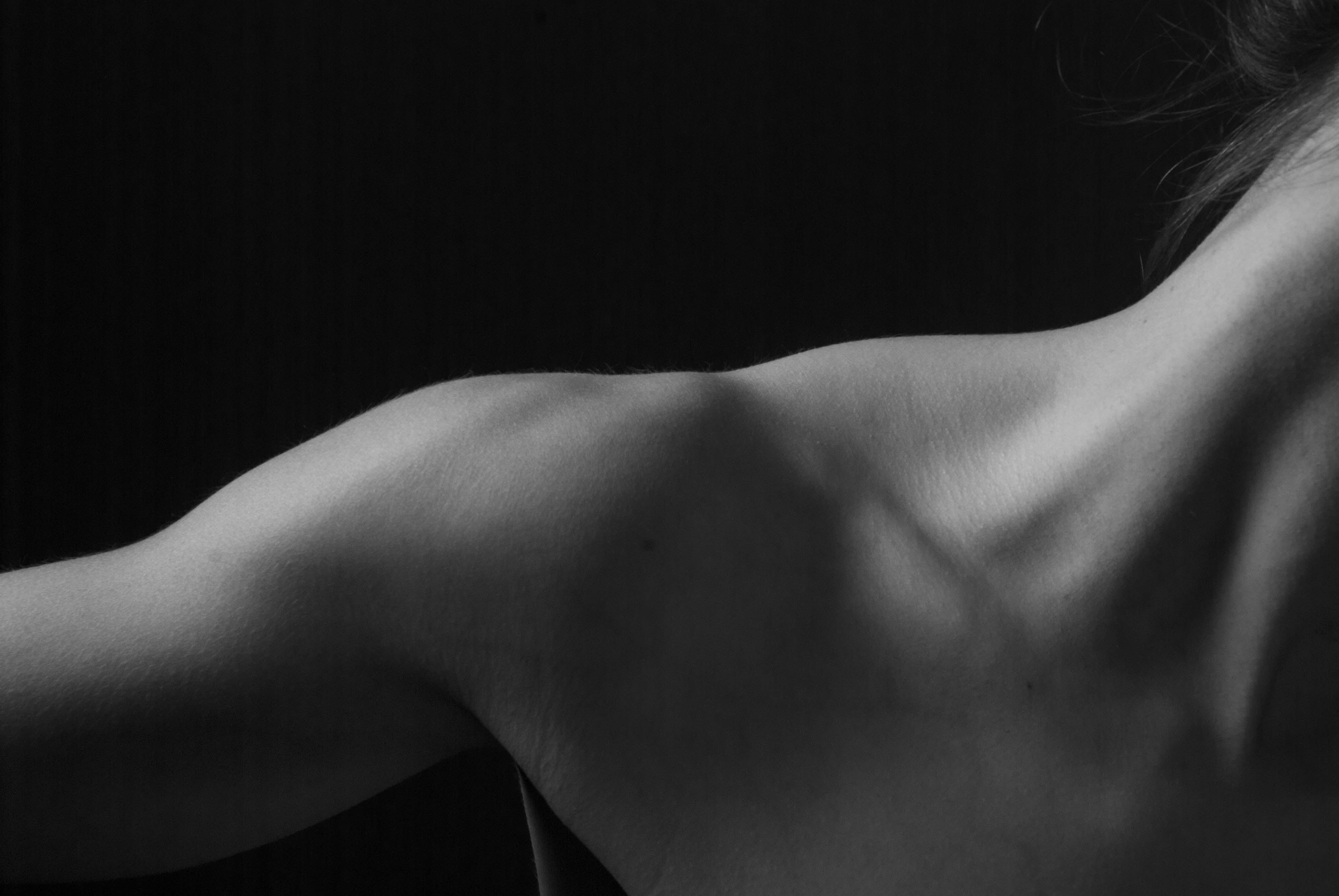What is a Boston marriage?

A history of unconventional intimacy.
At the tail end of the 19th century, a curious trend took hold in New England: upper class and upper middle class women, many of whom were also suffragettes, eschewed the traditional role of wife and mother. Instead, they lived with other single, independent women — as “friends” — and forged a new path (with the help, no doubt, of wealth and privilege). Since many of these women lived in Boston, a term was quickly coined for their domestic rebellion: the Boston marriage.
At the time, intimate female friendships were commonplace. The real novelty of the Boston marriage wasn’t the companionship between women, but rather their choice to decline traditional marriage altogether. At Wellesley College – where women who married were expected to give up their academic career – the Boston marriage was so ubiquitous that it took on a site-specific name: the Wellesley marriage.
Henry James famously documented the Boston marriage in his 1886 novel The Bostonians, which featured a couple modeled after his various unmarried female friends, including his sister Alice, who lived with her longtime partner Katherine Loring. And though James never actually used the term Boston marriage in his novel, the reference was obvious. While most women at the time were forced to rely on men for financial support and social legitimacy, a small, wealthy subset had found an escape route.
The Boston marriage phenomenon only lasted for about 50 years; by the late 1910s, the pathologization of homosexuality had taken root in scientific circles, and society was newly empowered to police deviant behavior, lesbianism very much included. All of a sudden, homosexuality was not merely a bad habit but an actual identity – a whole class of persons who could, and should, be targeted for their failure to conform. The Boston marriage, for all intents and purposes, was dead in the water by 1920.
It would take another 50 years for lesbians to unearth and reclaim the Boston marriage for themselves and their history. The gay rights movement, which took off in the 1970s, served as a catalyst for historical reclamation projects; in 1981, Lillian Faderman published a landmark study on the Boston marriage titled Surpassing the Love of Men. No longer a euphemism of yore, the Boston marriage moved squarely into the field of lesbian history.
Today, the Boston marriage mostly lives on in history books and blog posts like this one. It is not widely discussed or celebrated, and yet it remains a significant point on the loose, nonlinear timeline of queer history – a point where a small cohort of women saw the possibility for a different kind of life, and grabbed hold.






